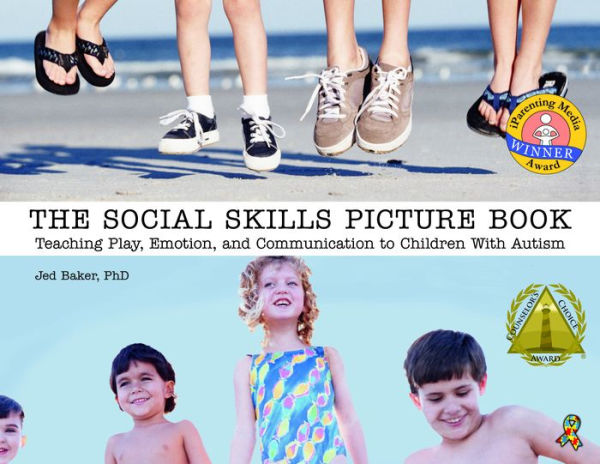5
1

The Social Skills Picture Book: Teaching Play, Emotion, and Communication to Children with Autism
197
The Social Skills Picture Book: Teaching Play, Emotion, and Communication to Children with Autism
197
39.95
In Stock

Product Details
| ISBN-13: | 9781885477910 |
|---|---|
| Publisher: | Future Horizons, Inc. |
| Publication date: | 01/01/2001 |
| Series: | The Social Skills Picture Book |
| Pages: | 197 |
| Sales rank: | 537,517 |
| Product dimensions: | 8.70(w) x 11.00(h) x 0.60(d) |
| Age Range: | 6 - 13 Years |
About the Author
From the B&N Reads Blog
